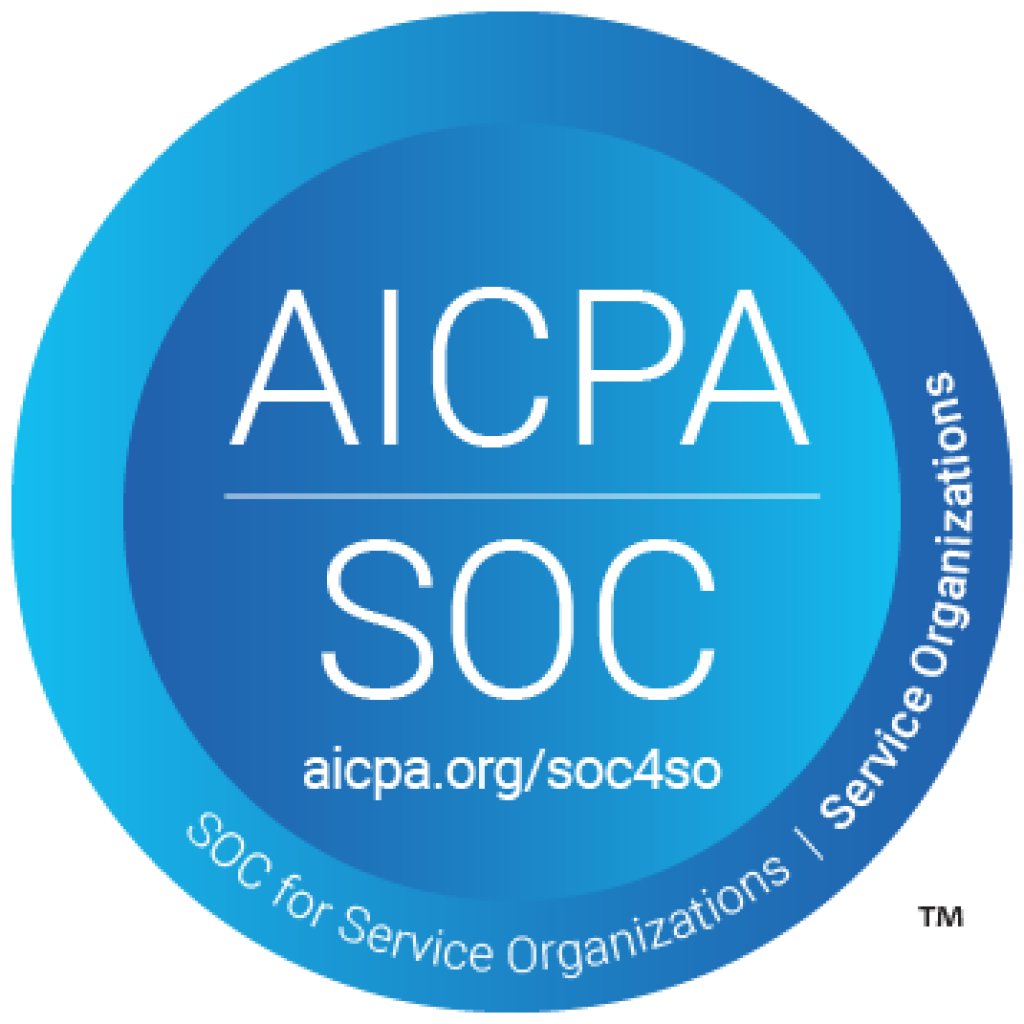5 Ways Your Office is Wasting Money
Overhead costs are unavoidable when running a business. There is a delicate balance between sticking to your budget and investing money into the right tools and services that help your business thrive.
The cost of doing business is incredibly challenging to healthcare due to rising costs and increasing demands in the industry.
If you want to boost profit margins, you need to focus on bringing in more money while also reducing the amount you are wasting each month. When was the last time you reviewed your budget to identify ways to reduce spending? It’s time to do a thorough review to cut unnecessary costs and optimize your spending.
At RecordQuest, we provide digital solutions designed to streamline your medical record needs. Our goal is to help you avoid waste, recoup costs, and retain patients. Here are a few ways in which your organization may be losing money.
1. Old Technology
It’s incredible to see the ways technology is changing the way we do business. However, if you are stuck in old habits and use outdated technology, it’s likely to cut your profit margins in unexpected ways.
For example, faxing was previously a standard form of communication in the healthcare industry. Now, it’s no longer necessary to maintain a fax machine in the office because we can now share valuable data through electronic delivery methods or in the cloud.
2. Inefficient Processes
Just because you have been following specific systems for years doesn’t mean that these workflows serve your practice’s best needs today. Look at daily, weekly, and monthly tasks to identify redundancies and busy work cutting into staff productivity.
Take an outside perspective to evaluate why you follow specific systems and the end goal for these processes. Then focusing on the results allows you to uncover new ways of doing things that help eliminate inefficiencies.
3. Manual Tasks
One of the most notable benefits of automation is the opportunity to reduce or even eliminate manual tasks. For example, there’s no need for your staff members to spend time printing and filing patient paperwork. Digital solutions allow these steps to be managed online, with automated reminders ensuring the necessary information is not overlooked.
As you reduce these manual tasks through automation, it frees up time for your employees, enabling them to focus their attention on strategic initiatives that better serve the needs of your patients.
4. Office Supplies
How often are you re-ordering cases of printer paper, ink, and other office supplies? These costs add up through the year, primarily if you still rely on significant printing and hard copies.
Digital solutions allow you to share and store patient information without going back and forth to the printer all the time. When you reduce or eliminate the need to buy printing supplies continually, savings are available to invest in expanding digital solutions instead.
5. Employee Training
While it’s difficult to measure the cost of hiring and training a new employee, there’s no question that high turnover is affecting your profitability. Inefficient work systems also play a role in employee satisfaction. If you are dealing with a high employee turnover rate, then it may mean you need to re-focus on improving workflows to support improved employee satisfaction.
Another way you can avoid the stress of hiring, onboarding, and training new employees is by outsourcing instead. For example, you have the option to take on the fully-burdened overhead costs of hiring another employee for administrative work. An alternative would be to outsource these responsibilities to a trusted provider instead.
Efficiency – The Key to Your Success
It’s no surprise that the healthcare industry is highly inefficient. If you are looking for solutions to optimize your practice, talk to our team. We want to hear what pain points your office is having and possibly schedule a demo to see how we can help.




